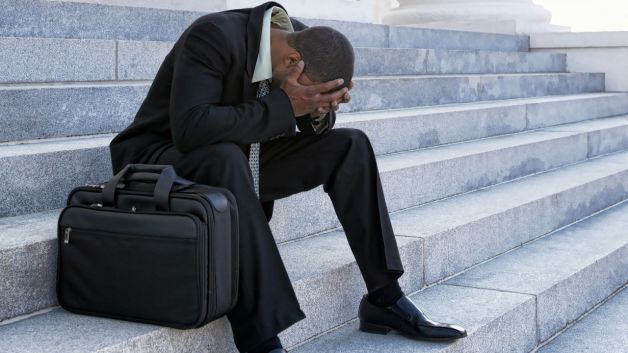Kevin Earley of Fairfax County, Virginia, knows too well what it’s like to be on the bad side of a police officer as a person with bipolar disorder — scared you’re about to die.
Prior to the encounter, Kevin’s father, Pete, called police when Kevin, now 36, acted violently on a night in 2005. Kevin refused to surrender and tried to flee, thinking police were trying to hurt him. Officers blasted him twice with a Taser, shocking him with up to 50,000 volts of electricity each time.
“I was very delusional, erratic, confrontational, and paranoid,” Kevin said. “So when they came, they tased me.”
It was not Kevin’s first run-in with police — and it wouldn’t be his last. But it’s the one Kevin and his father share as one of his worst experiences.
But Kevin also knows what it’s like to have a much better type of encounter — one that doesn’t just resolve the current issue but also helps make sure something like it never happens again.
In Kevin’s last serious encounter with police in 2006, he was staying at a safe house, where people with mental health problems could relax for a night. There, he took off his clothes — thinking it made him invisible — and walked outside.

Taking the ovieervw, this post hits the spot